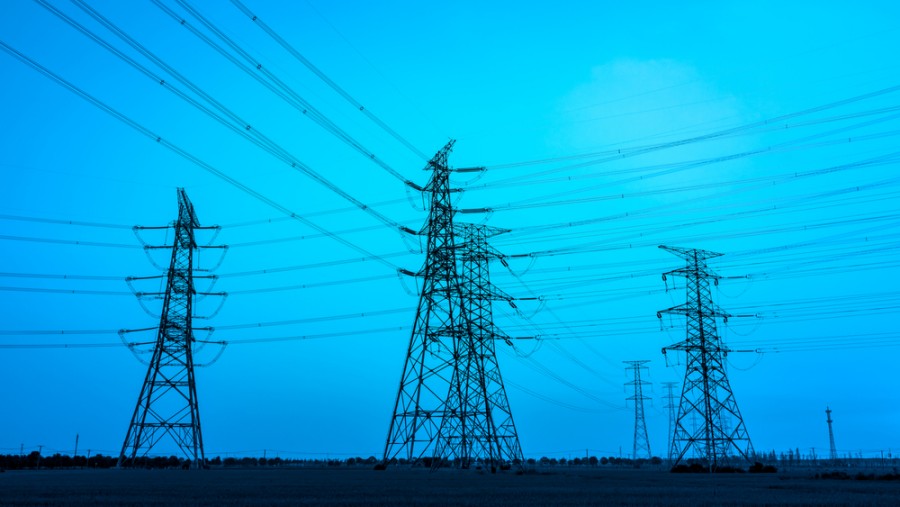India’s electricity demand grew 4.9 per cent during the first half of October, with supply falling short of demand by 1.4 per cent despite a 3.2 per cent rise in coal-fired generation and 30 per cent rise in solar output, a Reuters analysis of government data showed.
Increased economic activity after the second wave of the coronavirus has driven up electricity demand, resulting in a supply deficit because of a coal shortage that has forced northern states to cut power this month for up to 14 hours a day.
The rapid surge in power demand and high global coal prices have left utilities scampering for coal — India’s dominant source of power generation — despite record supplies from state-run Coal India, a near-monopoly in coal production.
Coal’s share in India’s electricity generation jumped to nearly 70 per cent during the first 15 days of October, compared with an average of 66.5 per cent during the whole of September, an analysis of data from federal grid regulator POSOCO showed.
Nearly three-fifths of India’s coal-fired capacities currently have coal inventories that would last three days or less, federal power ministry data shows.
The average coal inventory held by power plants would last four days, two-thirds lower than an average of 12 days two months ago.
The energy hungry nation’s power minister had in early September asked officials to consider diverting coal to power plants with extremely depleted stocks, and reduce inventory targets to 10 days from 14 days, to allow coal to be moved to areas of greatest shortage.
Singh had also asked utilities to consider blending imported coal with local fuel to address shortages.
A reallocation in coal supplies over the last two months has led to an increase in the number of power plants with 1-3 days of fuel, while the number of power plants with over a week of stock has declined, the power ministry data shows.
Still, the number of utilities with no coal left increased to 18 on October 12 from 1 on August 12.











